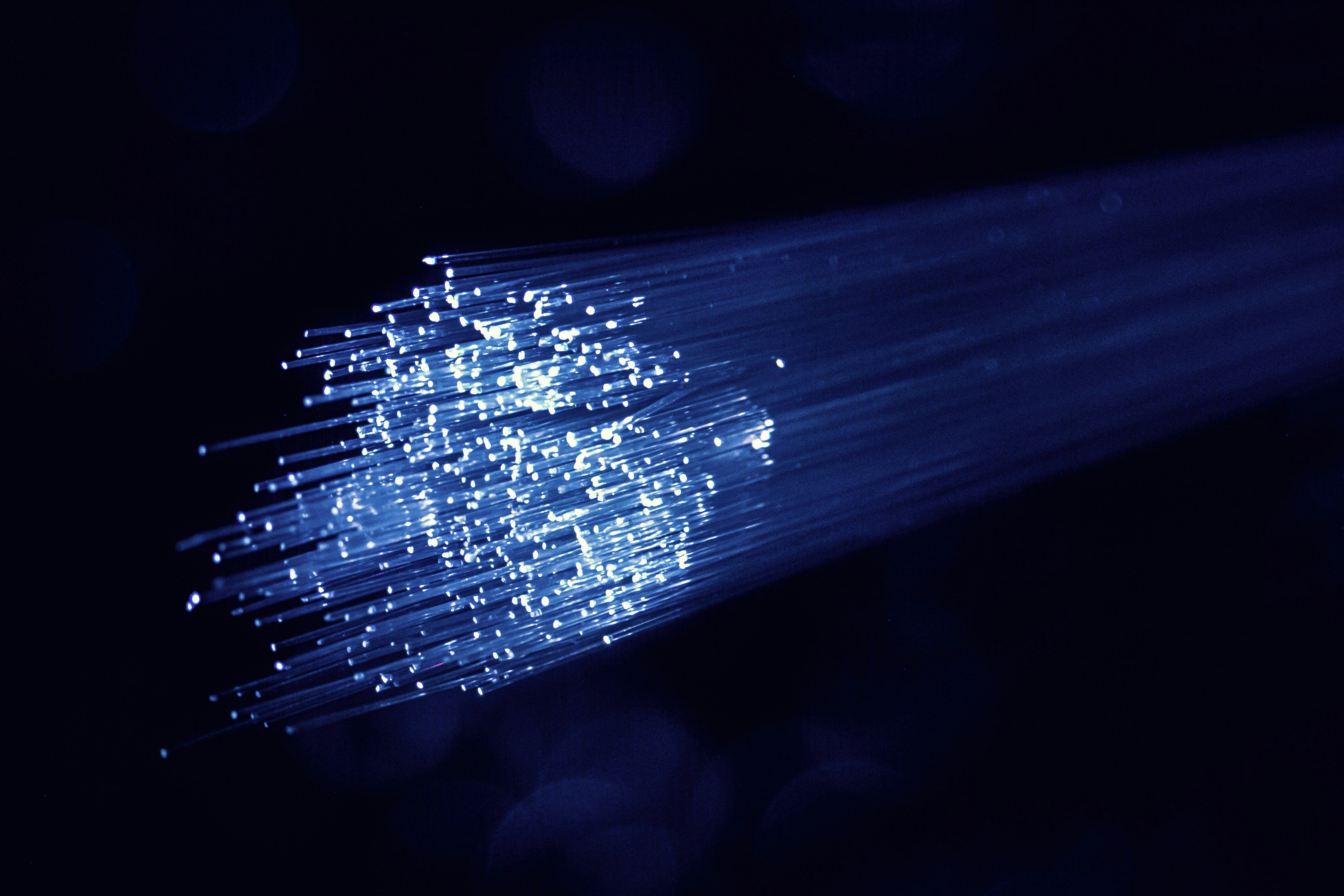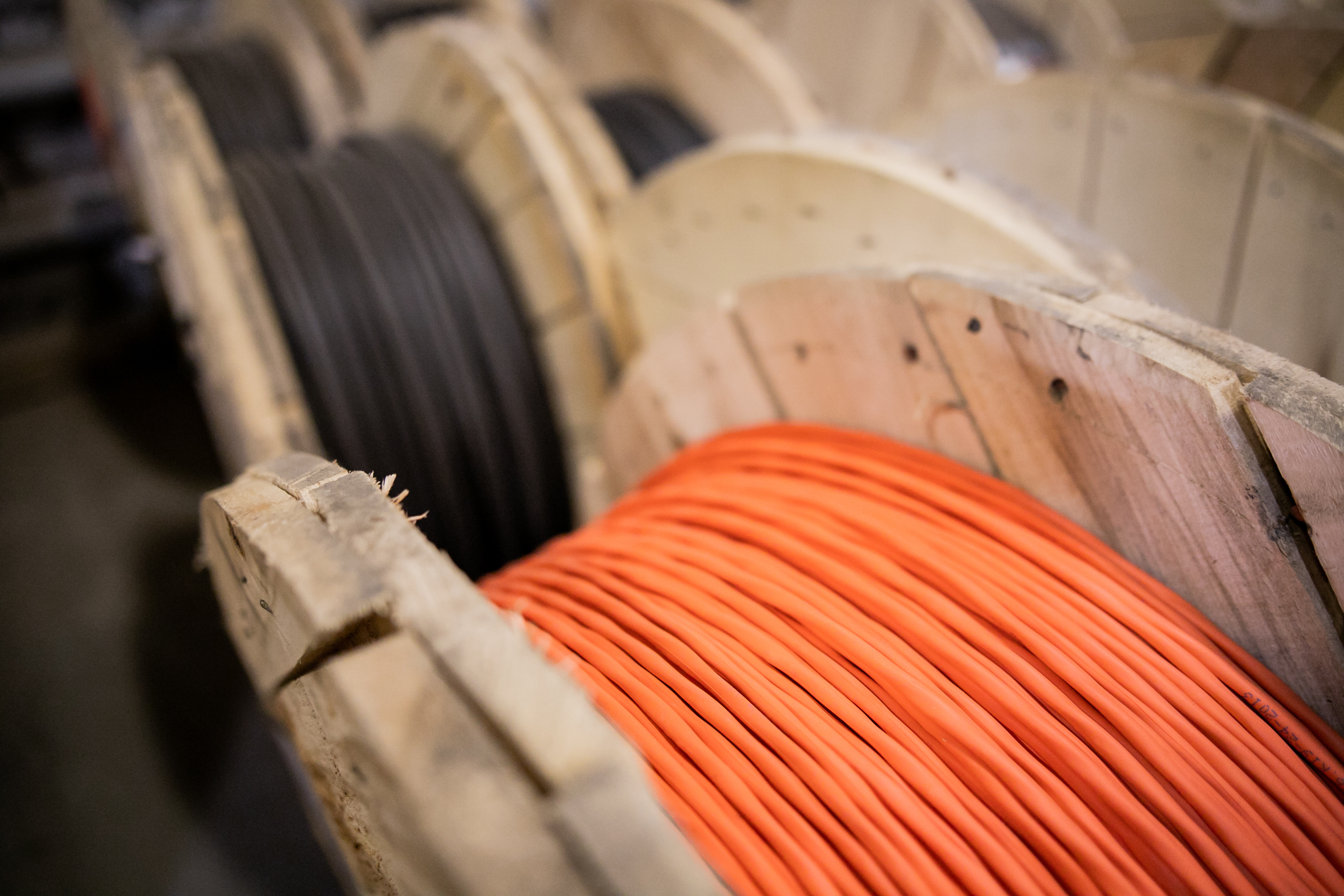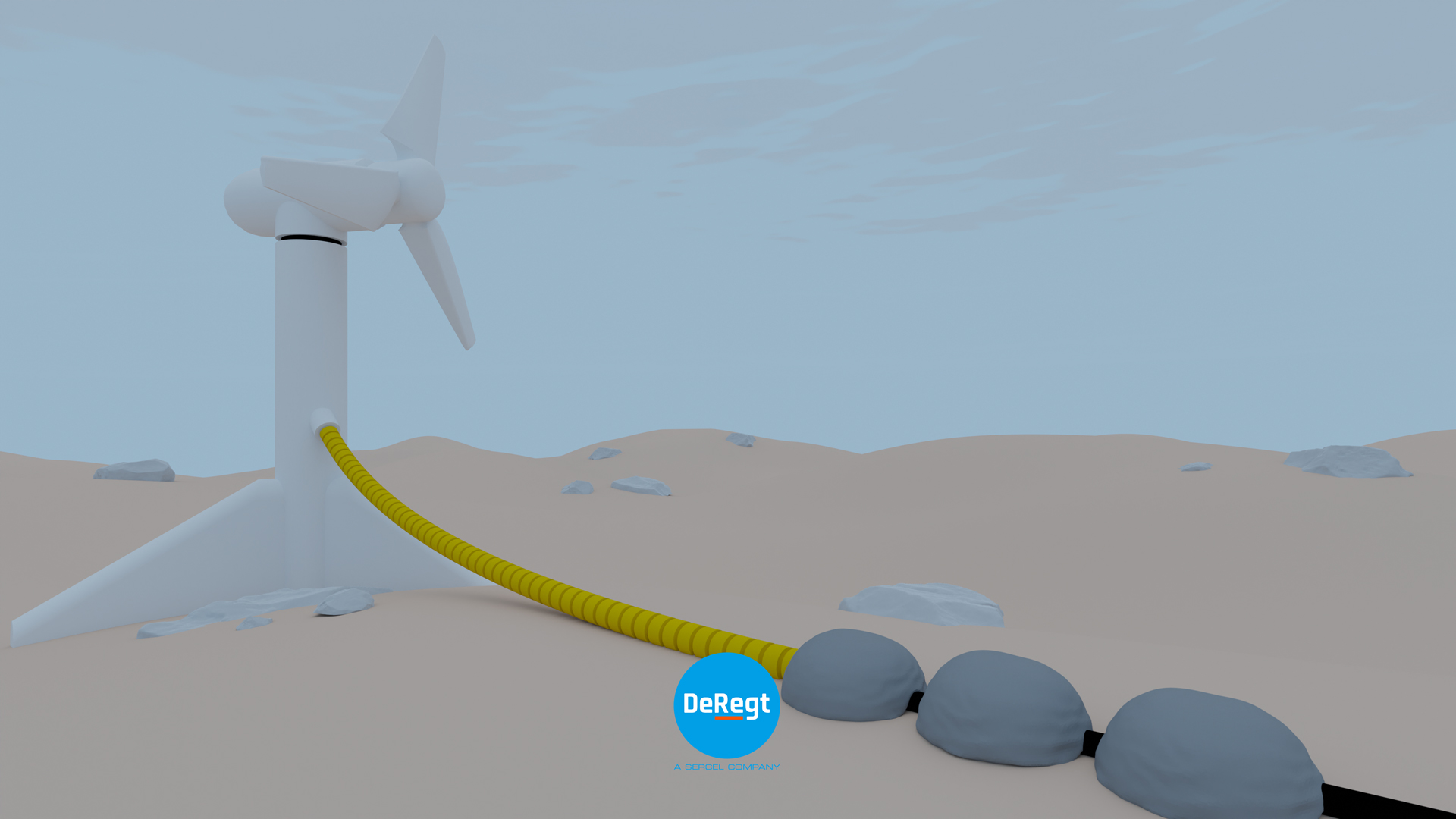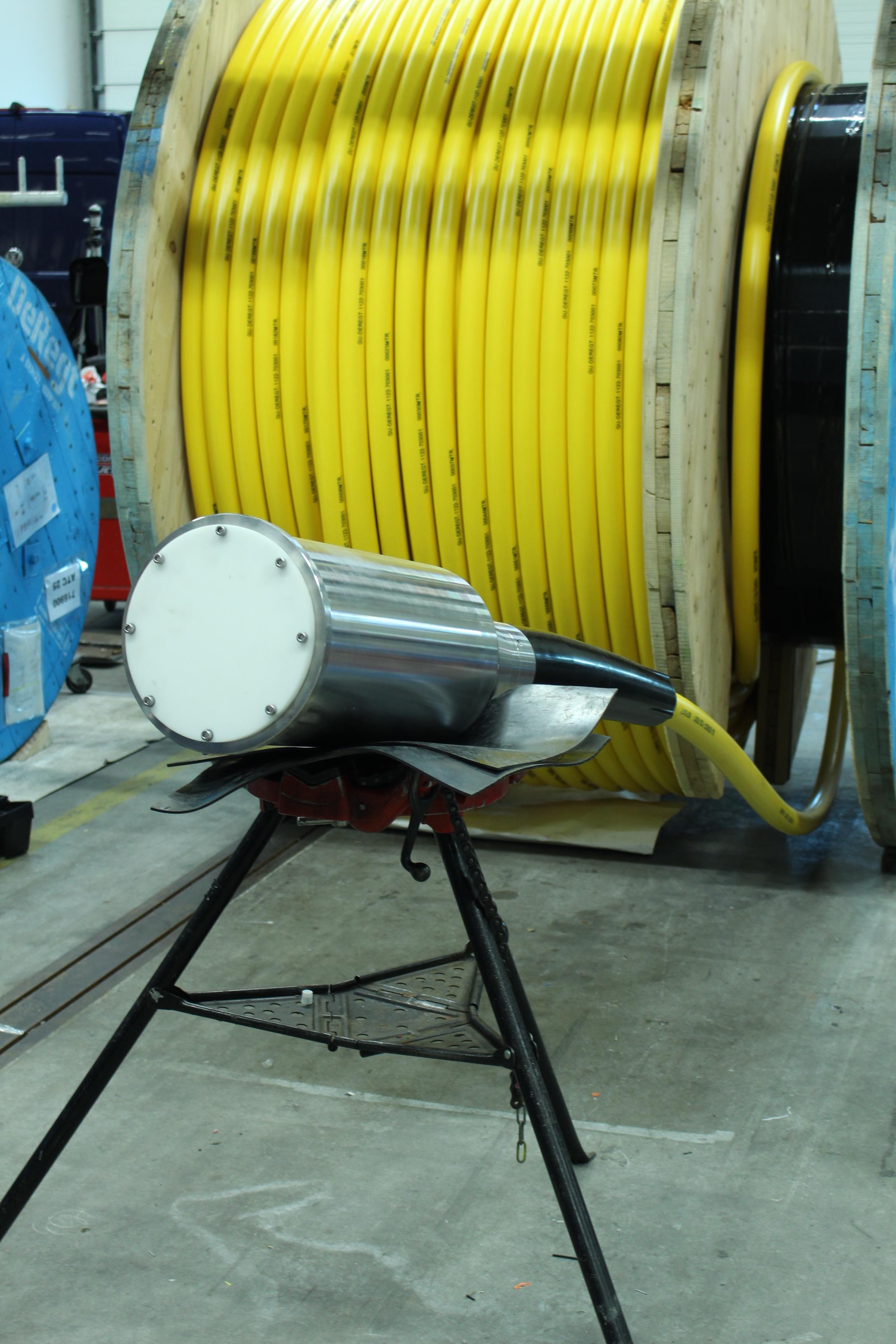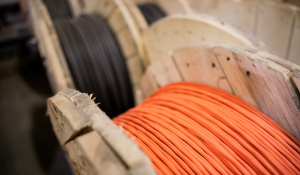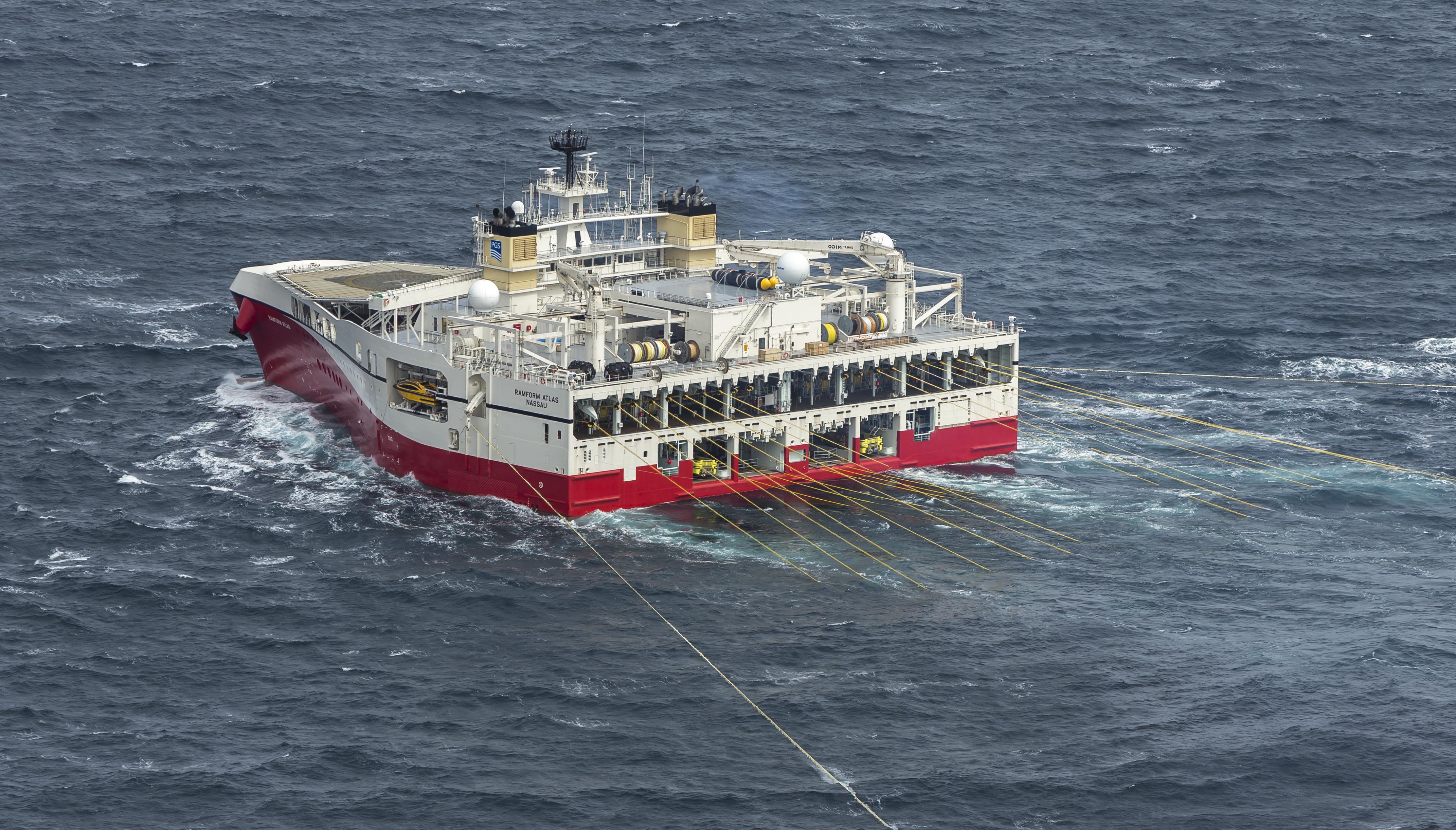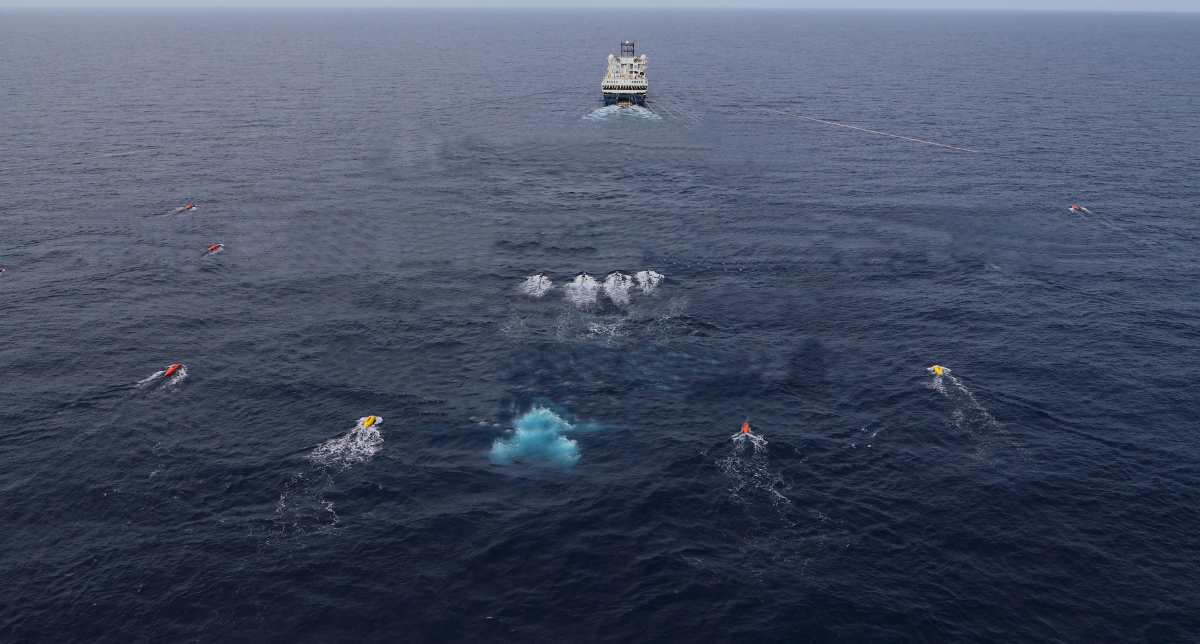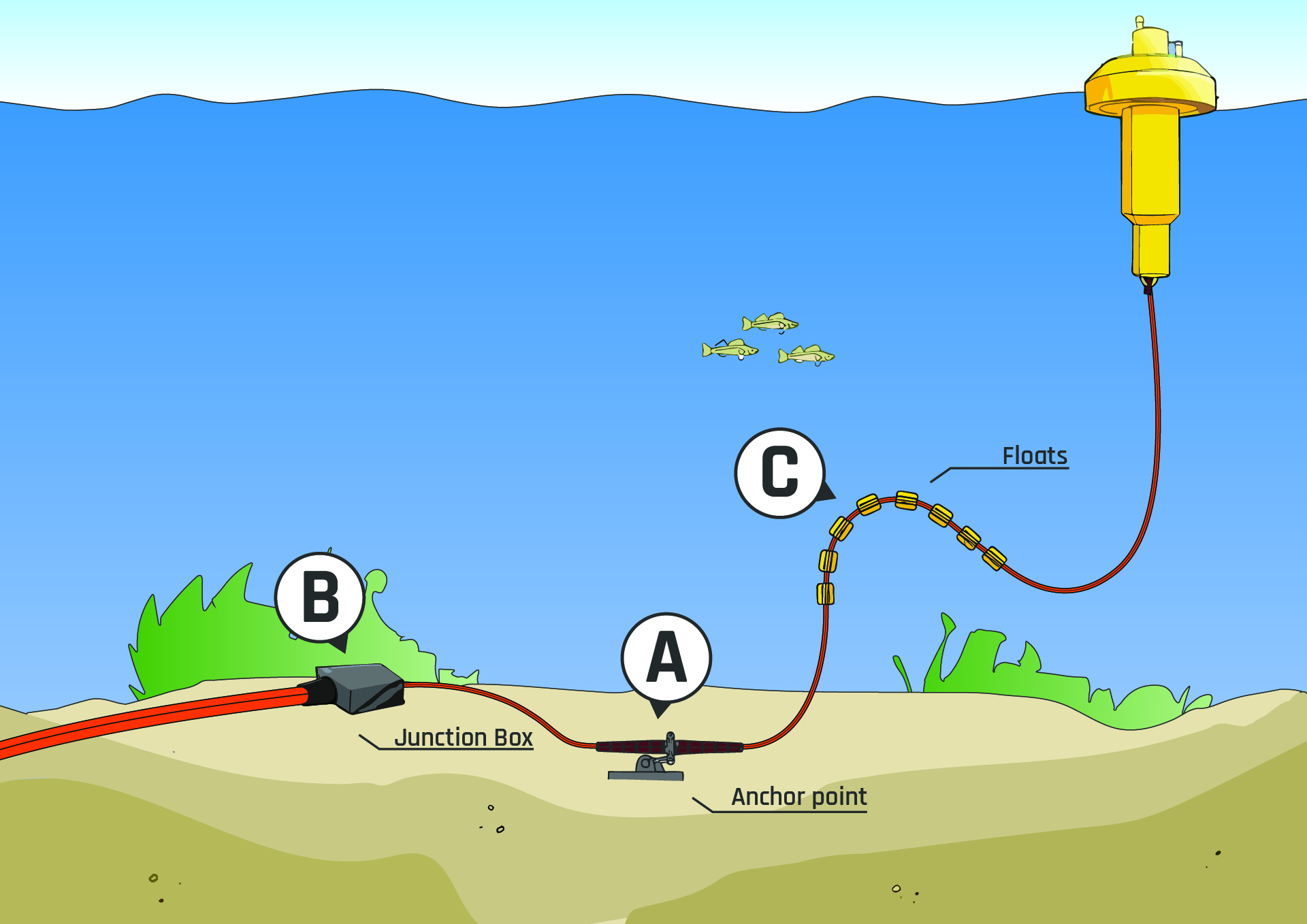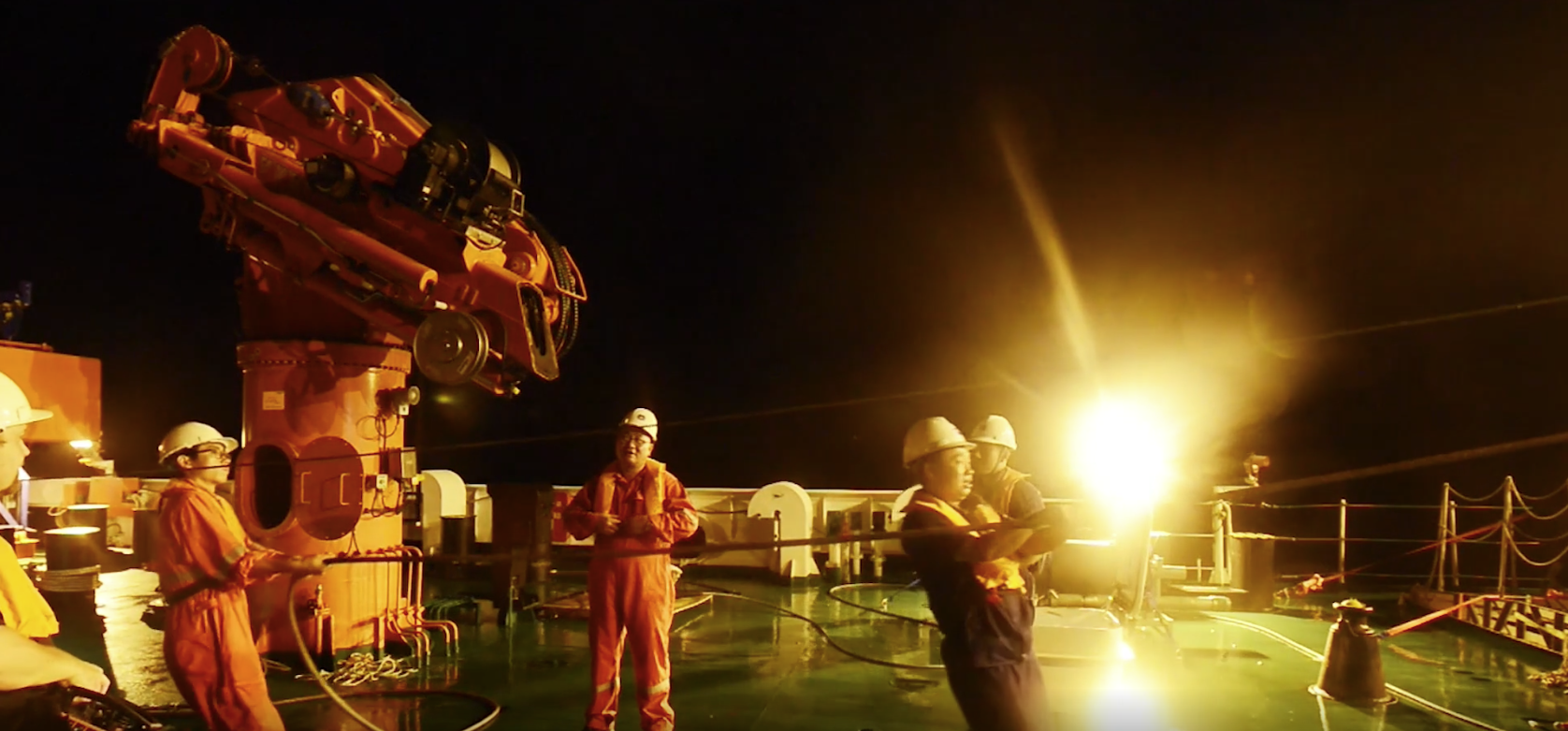Our previous article about cable sensing delved into the fascinating world of fiber optic transmission and sensing technologies, uncovering how these innovations reshape data communication and monitoring. In this continuation, we venture further into the specialized realm of distributed fiber optic sensing, exploring its groundbreaking applications in various sectors.
Lists by Topic
- ROV Cables (18)
- Seismic (14)
- Naval Defense (12)
- Naval cables (12)
- Cable solutions (10)
- Cable design (9)
- Subsea cables (9)
- Deep-sea cables (7)
- Renewable Energy (7)
- Field Service (6)
- Fields Service (6)
- Innovation (6)
- News (5)
- ROV (5)
- Cable requirements (4)
- Renewables (4)
- Seismic source umbilical terminations (4)
- cables (4)
- Cable specification (3)
- Design considerations (3)
- ROV innovations (3)
- Subsea (3)
- Umbilical products (3)
- Bespoke marine cables (2)
- Deep sea mining (2)
- Defense (2)
- Oil & Gas (2)
- Seabed equipment terminations (2)
- Umbilical cables (2)
- design (2)
- manufacturing (2)
- Aramid (1)
- Dynamic cable design (1)
- Flexible terminations (1)
- HSE day (1)
- Heidrun platform (1)
- Lightweight balloon tether terminations (1)
- Maintenance (1)
- Raw materials (1)
- Seismic lead-in terminations (1)
- Spare parts (1)
- Steel (1)
- Termination specification (1)
- Testing (1)
- Thermal analysis tool (1)
- company video (1)
- development (1)
- experience (1)
- facilities (1)
- fibre (1)
- requirements (1)
- research (1)
- service (1)
- supplier (1)
- test (1)
- video (1)

